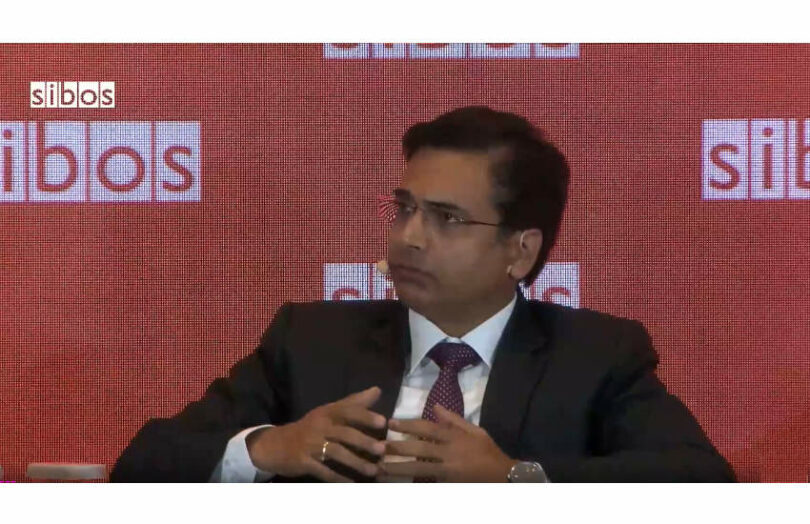An executive at India’s Ministry of Finance, Sameer Shukla, said that the UPI instant payment system will impact the adoption of a digital rupee. However, where a retail central bank digital currency (retail CBDC) will shine is for cross border payments and government benefits.
“If you ask me, the progress of the CBDC, because of the all pervasive existence of UPI, it’s going to be a bit slow,” said Mr. Shukla, talking at the SIBOS banking event in Toronto.
However, he’s not pessimistic about the outlook of the CBDC, on the contrary. He’s just less convinced it can add value for instant payments.
CBDC applications usually divide into retail, interbank (wholesale), and cross border. India is active in all three. Mr. Shukla spoke about wholesale cross border CBDC, observing that it will take time for central banks to come together on a common platform. India is collaborating with the UAE for cross border CBDC, but the announcement did not specify whether that was retail or wholesale. The UAE is a participant in the wholesale MBridge platform for cross border CBDC.
However, Mr. Shukla is optimistic about a retail cross border CBDC. “For the cross border payments, I’m sure the retail CBDC is going to be adopted much faster than the wholesale CBDC,” said Mr. Shukla. He didn’t go into further detail.
India’s diaspora works around the world, making it the largest recipient of inbound remittances. Headline figures for the cost of cross border remittances is an average of 6.25% globally. However, because India is the largest recipient, it has some of the lowest costs. The figures vary substantially depending on the sending jurisdiction and whether physical cash is involved.
Government programmable money
India is particularly interested in how to use a retail CBDC for government benefit payments. A key advantage could be to ensure that people only spend the money for the desired purpose, such as buying grain.
“I’m going to transfer to this set of people. Can I block this specific currency for that particular usage,” said Mr. Shukla.
Some refer to this as programmable money, and both England and the EU have said that their CBDCs will not be programmable at the base layer. That’s partly out of concern that the government doesn’t want to be seen to control how people can spend money. From an economic perspective, they have reservations about fragmenting money – every rupee or euro should be equivalent.
In passing, Mr. Shukla also mentioned CBDC’s potential for financial inclusion but didn’t elaborate. While the proportion of unbanked Indians is 22% of adults, because of its large 1.4 billion population, the absolute number is massive: 190 million. In 2021, the World Bank estimated the figure at 223 million, the largest in the world by a substantial margin.






